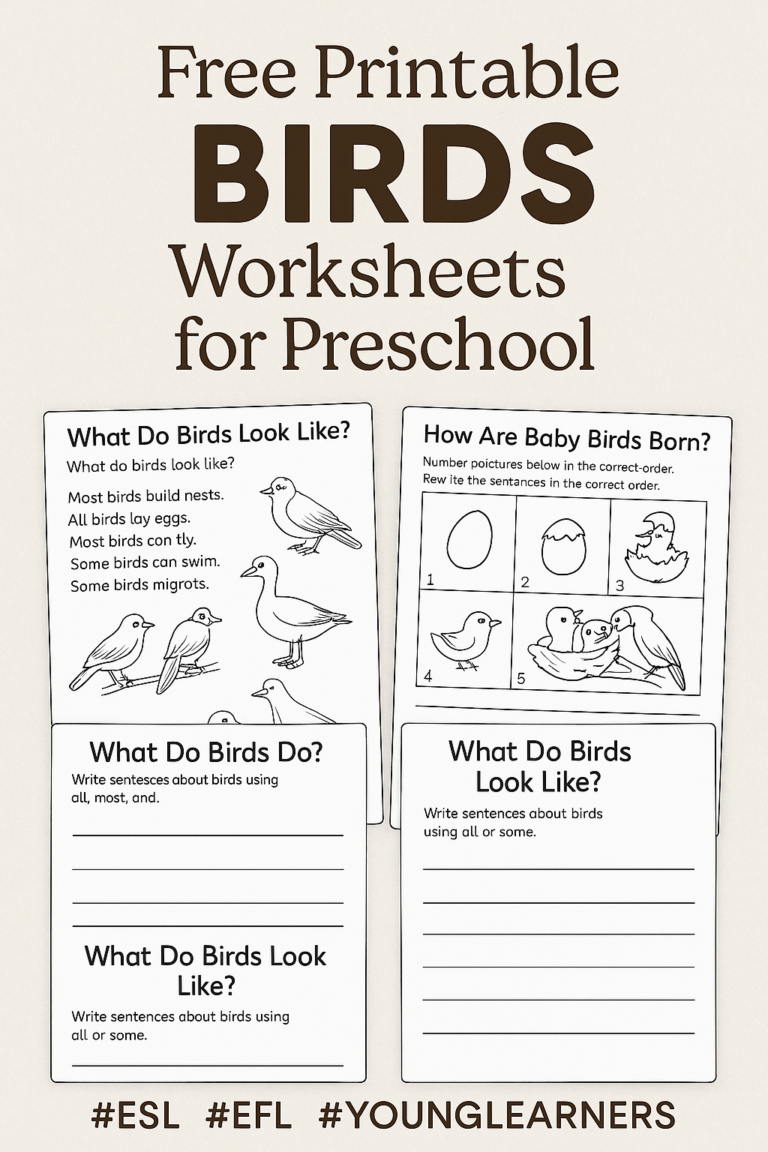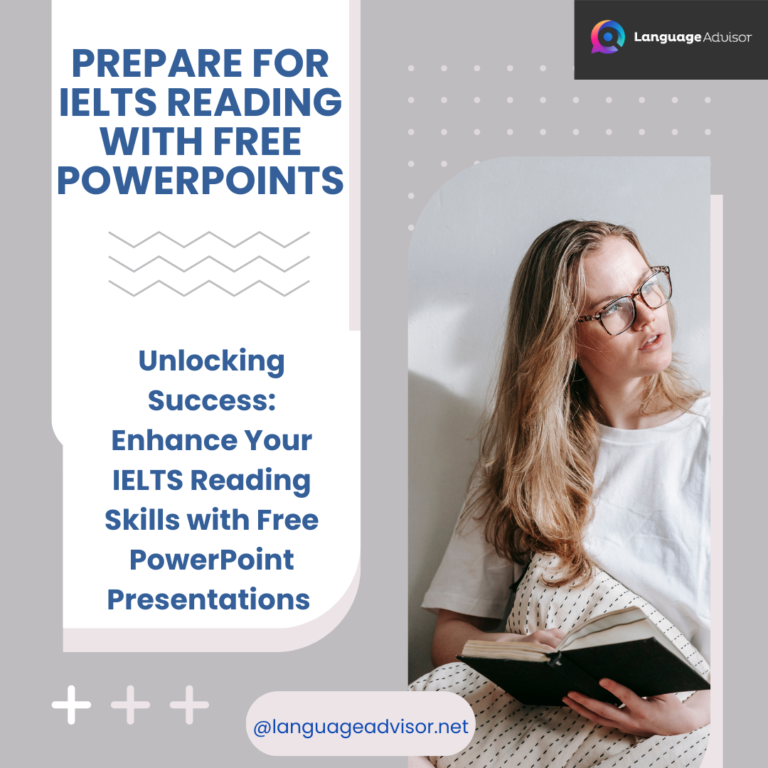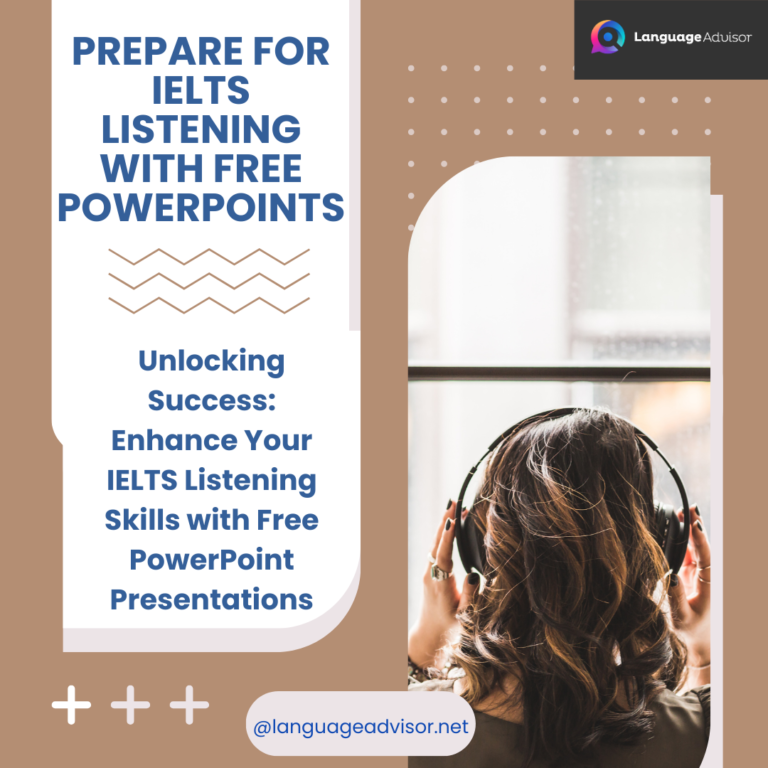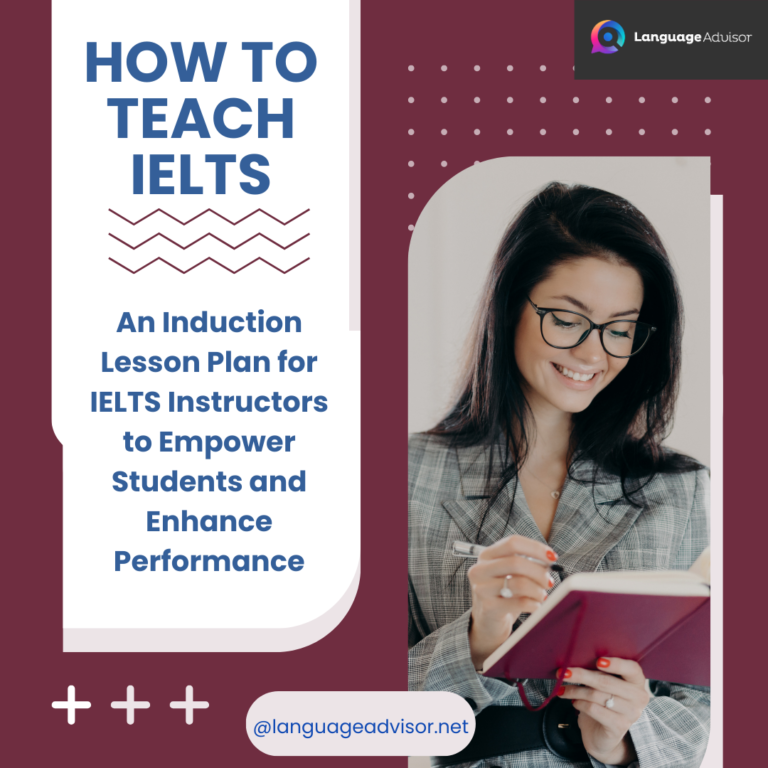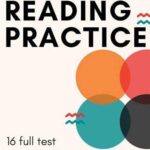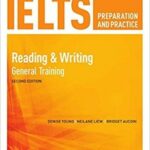IELTS General Training Reading Sample Tasks: Matching information and Multiple choice with Free Printable PDF
IELTS General Training Reading

IELTS General Training Reading
Preparing for the IELTS General Training Reading section requires understanding the test format and honing your reading skills. The reading section tests your ability to read for gist, main ideas, detail, skimming, understanding logical argument, and recognizing writers’ opinions, attitudes, and purpose. In this blog post, we’ll explore the various sample tasks you might encounter in the IELTS General Training Reading section and offer strategies to tackle them effectively.
Understanding the Format
The IELTS General Training Reading test consists of three sections, each progressively more challenging. You have 60 minutes to answer 40 questions. The texts are taken from books, magazines, newspapers, notices, advertisements, company handbooks, and guidelines, reflecting everyday life in an English-speaking environment.
Types of Tasks
1. Multiple Choice
In these questions, you are presented with a question followed by four possible answers. Your task is to select the best answer from the options provided.
Tips for Multiple Choice Questions:
- Carefully read the question before looking at the answer options.
- Skim the text to get the overall idea, then scan for specific details.
- Eliminate clearly incorrect options to narrow down your choices.
- Pay attention to keywords in the question and find matching information in the text.
2. Identifying Information (True/False/Not Given)
You need to determine if the statements provided are true, false, or not given based on the information in the text.
Tips for True/False/Not Given:
- Read the statements carefully and identify key information.
- Match the statement with the text to see if it is explicitly mentioned.
- Remember:
- True: The statement agrees with the information in the text.
- False: The statement contradicts the information in the text.
- Not Given: There is no information on this in the text.
3. Identifying Writer’s Views/Claims (Yes/No/Not Given)
Similar to True/False/Not Given, but here you need to identify the writer’s opinions or claims.
Tips for Yes/No/Not Given:
- Focus on the author’s opinions or claims rather than factual information.
- Yes: The statement agrees with the writer’s views.
- No: The statement contradicts the writer’s views.
- Not Given: The writer’s view or claim is not mentioned.
4. Matching Information
This task involves matching information such as headings, features, or statements to different sections or paragraphs of the text.
Tips for Matching Information:
- Skim the text to understand the main idea of each paragraph.
- Look for unique keywords or phrases in the options to match with the text.
- Be aware of synonyms and paraphrasing.
5. Matching Headings
You need to match headings to sections or paragraphs in the text. This task tests your ability to identify the main idea.
Tips for Matching Headings:
- Read the list of headings first.
- Skim each paragraph to identify the main idea.
- Some headings might be very similar, so careful consideration is required.
6. Matching Features
In this task, you will match a list of features to a list of items in the text. This requires detailed reading
Tips for Matching Features:
- Identify keywords in the features list.
- Scan the text to find these keywords or their synonyms.
- Ensure the match logically fits the context.
7. Sentence Completion
Complete sentences with a word or short phrase from the text.
Tips for Sentence Completion:
- Read the incomplete sentences and understand what information is needed.
- Look for the exact information in the text.
- Ensure the completed sentence is grammatically correct.
8. Summary, Note, Table, Flow-chart Completion
Complete the summary, notes, table, or flow-chart with information from the text. This might involve selecting words from a box or using words from the text.
Tips for Summary/Note/Table/Flow-chart Completion:
- Skim the text to get the gist.
- Identify the part of the text that relates to the summary or notes.
- Be concise and ensure your answers fit grammatically and contextually.
9. Diagram Label Completion
Label a diagram based on the information in the text. This task tests your ability to understand detailed descriptions.
Tips for Diagram Label Completion:
- Study the diagram and labels to understand what is required.
- Locate the part of the text that describes the diagram.
- Use exact words from the text unless instructed otherwise.
10. Short-answer Questions
Answer questions with a word or short phrase from the text.
Tips for Short-answer Questions:
- Read the questions to understand what information is needed.
- Scan the text for keywords related to the question.
- Provide concise and accurate answers.

General Reading Tips
Skimming and Scanning
- Skim the text to get a general idea of the content.
- Scan for specific information needed to answer the questions.
- Practice these techniques to improve speed and accuracy.
Time Management
- Allocate your time wisely for each section.
- Don’t spend too much time on difficult questions. Move on and come back if time allows.
Vocabulary Building
- Enhance your vocabulary by reading widely.
- Focus on understanding synonyms and paraphrasing, as these are commonly used in the test.
Practice Regularly
- Use practice tests to familiarize yourself with the format and question types.
- Review your answers and learn from your mistakes to improve.
Mastering the IELTS General Training Reading section requires practice, strategy, and a good understanding of the test format. By familiarizing yourself with the different types of tasks and applying these tips, you can significantly improve your reading skills and boost your confidence. Use sample tasks and practice tests regularly to hone your abilities. Good luck with your IELTS preparation!

General Training Reading sample task – Matching information

General Training Reading sample task – Multiple choice

Also check out these resources to successfully prepare for IELTS



